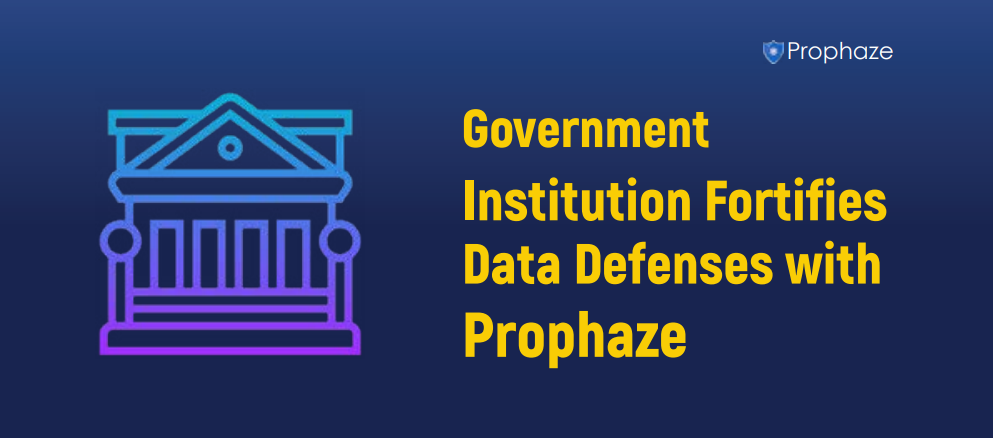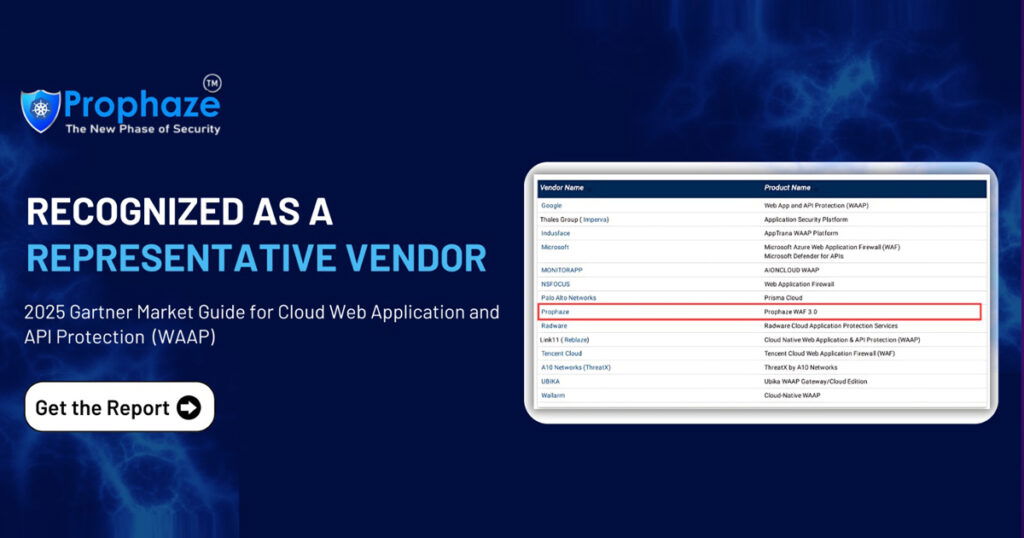JavaScript supply chain attacks involve the compromise of trusted JavaScript code libraries or components used in web applications. Attackers exploit vulnerabilities or backdoors in these libraries to inject malicious code, compromising the integrity and security of the entire software supply chain.
Significance of the Software Supply Chain
The software supply chain encompasses the process of developing, assembling, and distributing software components. It includes both first-party code developed in-house and third-party libraries or modules sourced from external providers. Attacks on the software supply chain can have far-reaching consequences due to the widespread use of these components.
What are the common techniques used in JavaScript Supply Chain Attacks?
Malicious Code Injection:
Attackers infiltrate legitimate JavaScript libraries by injecting malicious code into their source code repositories or build processes. This tainted code is then distributed to unsuspecting users who integrate the compromised libraries into their applications.
Typosquatting and Domain Impersonation:
Cybercriminals register similar-sounding domain names or typosquat domains that closely resemble popular JavaScript library repositories. Developers unknowingly download malicious versions of the libraries from these deceptive sources, leading to the introduction of compromised code into their projects.
Backdooring and Dependency Confusion:
Attackers may compromise the build or deployment process by replacing legitimate library dependencies with malicious versions hosted on public or private repositories. This technique exploits lax security practices, allowing malicious code to be introduced unnoticed.
Consequences of JavaScript Supply Chain Attacks
Data Breaches and Unauthorized Access:
By injecting malicious code into JavaScript libraries, attackers can gain unauthorized access to sensitive user data, login credentials, or other confidential information, leading to potential data breaches and subsequent misuse of the stolen data.
Distributed Denial of Service (DDoS) Attacks:
Compromised JavaScript libraries can be leveraged to launch DDoS attacks, using unsuspecting users’ devices as part of a botnet. This can overwhelm targeted websites or services, causing disruption and financial losses for organizations.
Malware Distribution and Exploitation:
JavaScript Supply Chain attacks can serve as a delivery mechanism for distributing malware or initiating further exploits within the compromised software ecosystem. This allows attackers to gain control over systems, execute arbitrary code, or propagate additional malicious payloads.
Preventive Measures against JavaScript Supply Chain Attacks

Code Review and Verification:
Thoroughly review and validate the integrity of all third-party libraries and dependencies before integration into projects. Verify the reputation and security practices of library maintainers, including their vulnerability management and release validation processes.
Source Authenticity and Integrity:
Ensure the authenticity and integrity of downloaded libraries by obtaining them from official sources, using secure package managers, and verifying cryptographic signatures or checksums provided by the library maintainers.
Software Composition Analysis (SCA):
Implement SCA tools and services to continuously monitor the software supply chain. These tools can identify vulnerabilities or suspicious code within dependencies, providing early warning of potential JavaScript Supply Chain attacks.
Version Control and Dependency Locking:
Strictly control dependencies by utilizing version control systems and locking down specific versions of libraries to prevent inadvertent updates that may introduce compromised code. Regularly review and update dependencies to address known vulnerabilities or security patches.
Conclusion
JavaScript Supply Chain attacks pose a significant threat to the integrity and security of web applications and the broader software ecosystem. By understanding the techniques used by attackers, implementing preventive measures, and establishing effective incident response protocols, organizations can mitigate the risks associated with JavaScript Supply Chain attacks. By prioritizing supply chain security and fostering collaboration within the development community, we can collectively defend against this silent and evolving threat, safeguarding our digital landscape.












